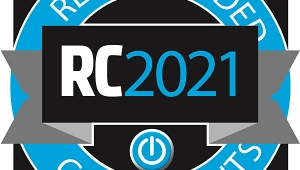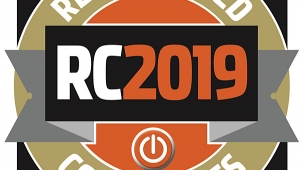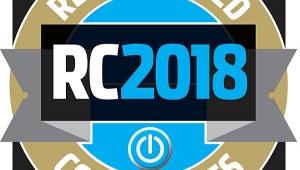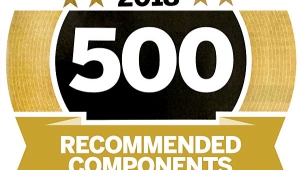| Columns Retired Columns & Blogs |
Two things that are certain every year in April :-) ..........
Stereophile April edition recommended components list ........
Taxes .........
Two things that are certain every year in October :-) ..........
Stereophile fall edition recommended components list .......
Oktoberfest ...........







































